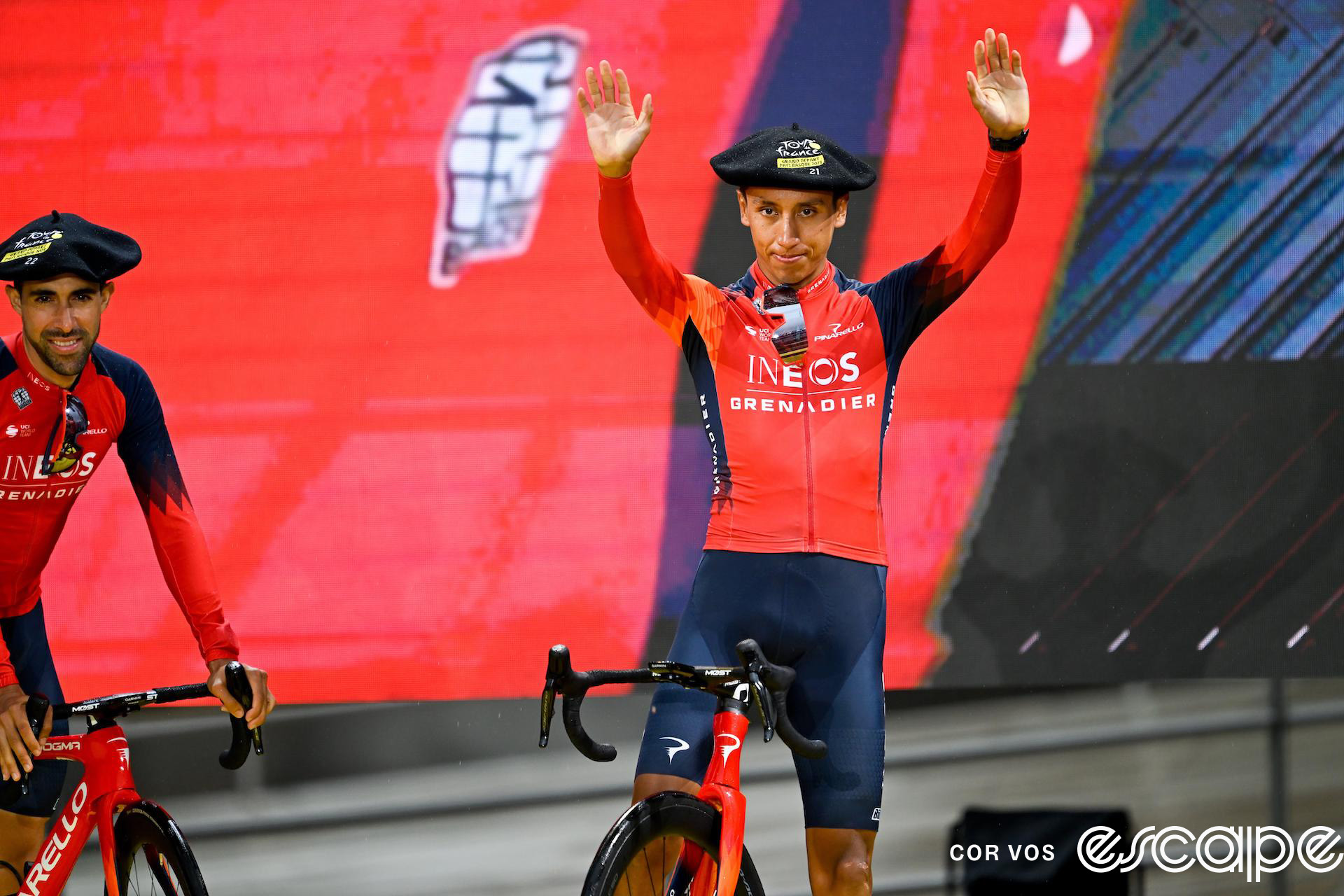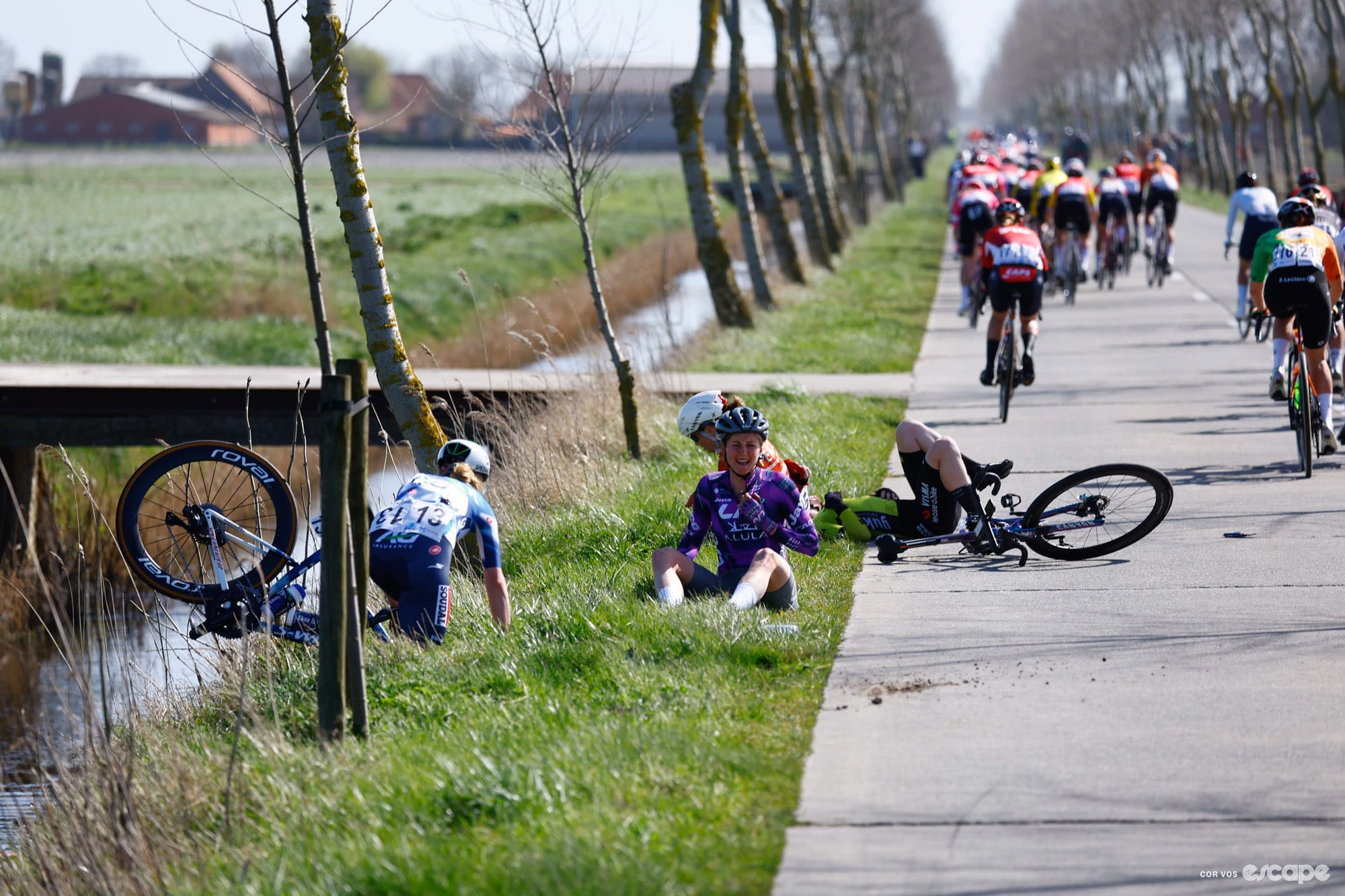Regardless of his level of success at this Tour de France, or any bike race, Egan Bernal's recovery from a horror crash in January 2022 has already been remarkable. The fact he is already back at the Tour de France is a victory in itself. Even more remarkable is that a Strava file from a final pre-Tour training ride suggests Bernal has the form to land a top ten in Paris, or maybe even better.
Bernal won the Tour in 2019 and followed that up with victory in the 2021 Giro. Had it not been for that crash, there is little doubt Bernal would still have been amongst the booking favourites heading into any Grand Tour. However, his Strava upload from a four-hour rider around the Col d'Eze last Sunday suggests he is perhaps approaching his best again, or at least better than the 100/1 odds some bookies are offering on Bernal to repeat his 2019 success.
The long and short of it
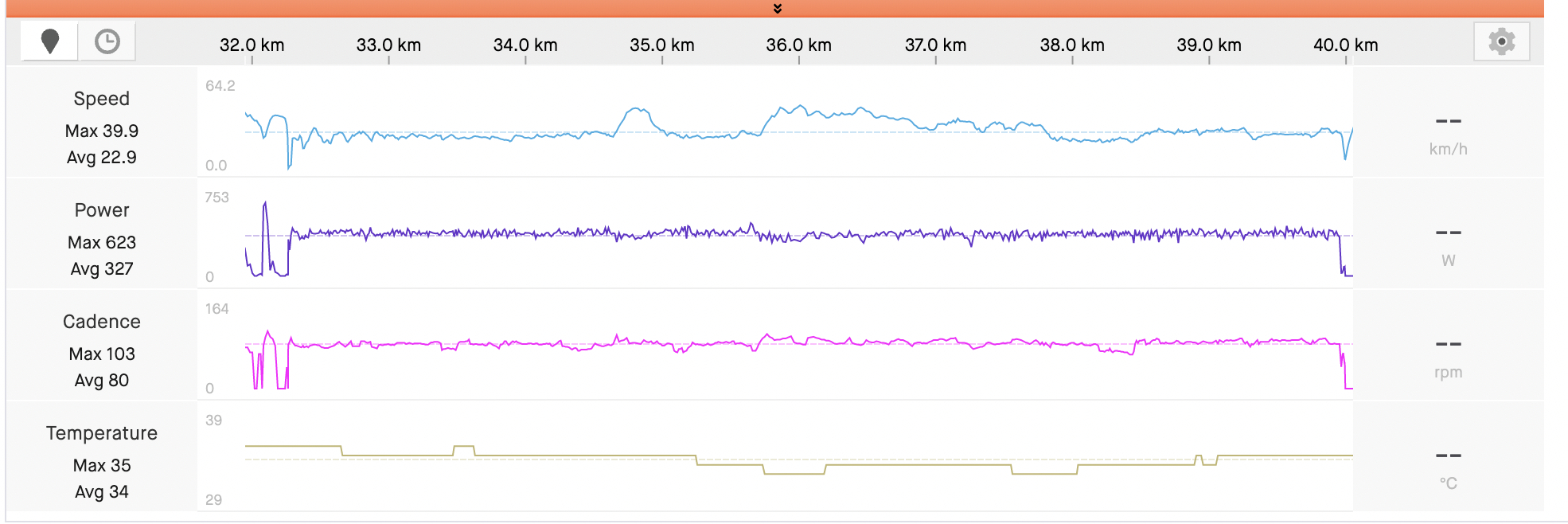
Bernal covered 103 KM with 2,000+ meters of elevation gain on Sunday's ride, including the famous Col d'Eze so often used in Paris-Nice. There were no KOMs, only a handful of PRs, and no mind-boggling wattage figures. However, what is truly impressive about Bernal's ride is the nature of his efforts and his own durability and repeatability.
Bernal started his ride on Sunday with an 80-minute ride out to the foot of the Col d'Eze. Bernal then performs a 10-second hard acceleration, followed by 20 seconds of freewheeling before settling into his effort on the climb. This short acceleration and freewheeling was most likely a targeted intervention to spike Bernal's lactate levels before the subsequent longer effort to increase the likelihood he was at the targeted lactate levels throughout said longer effort. Think how the rate of perceived exertion increases throughout a longer effort, this lactate bumping acceleration ensures the longer effort is tough from the start. It also handily replicates the accelerations Bernal might expect to encounter as he fights for position on the approach to a long climb in the Tour.
As for that long effort, Bernal pumps out 341 watts for 20 minutes and completes the Col d'Eze minutes off the KOM pace. According to Google, (admittedly a terrible resource with, at best, highly questionable accuracy for such information) Bernal weighs 60 kg. That puts this long effort at 5.6 w/kg. This was not a maximal effort for Egan Bernal, and merely served to firstly add to the training load, replicate a climb early in a Tour stage, and soften up Bernal's legs. Secondly, for us at home, this long effort makes the following efforts all the more astounding.
Over/Under
Digging further into the power file, (thank you Egan for leaving your power visible to all), it seems Bernal was doing an "over/under" style interval session in the second half of the ride. "Over-unders" intervals typically consist of periods of work above or "over" a set threshold alternated with periods just below or "under" said threshold. FasCat coaching describes Over-Unders as "structured tempo, sweet spot or threshold intervals with an anaerobic effort > 120% of FTP for 20-180 seconds." According to TrainerRoad, "the primary objective of over-unders is to increase your ability to tolerate and utilize the byproducts that accompany riding above your FTP, or close to it," with the theory being these alternating periods of flooding and clearing the working muscles of metabolic by-products improves the body's lactate tolerance.
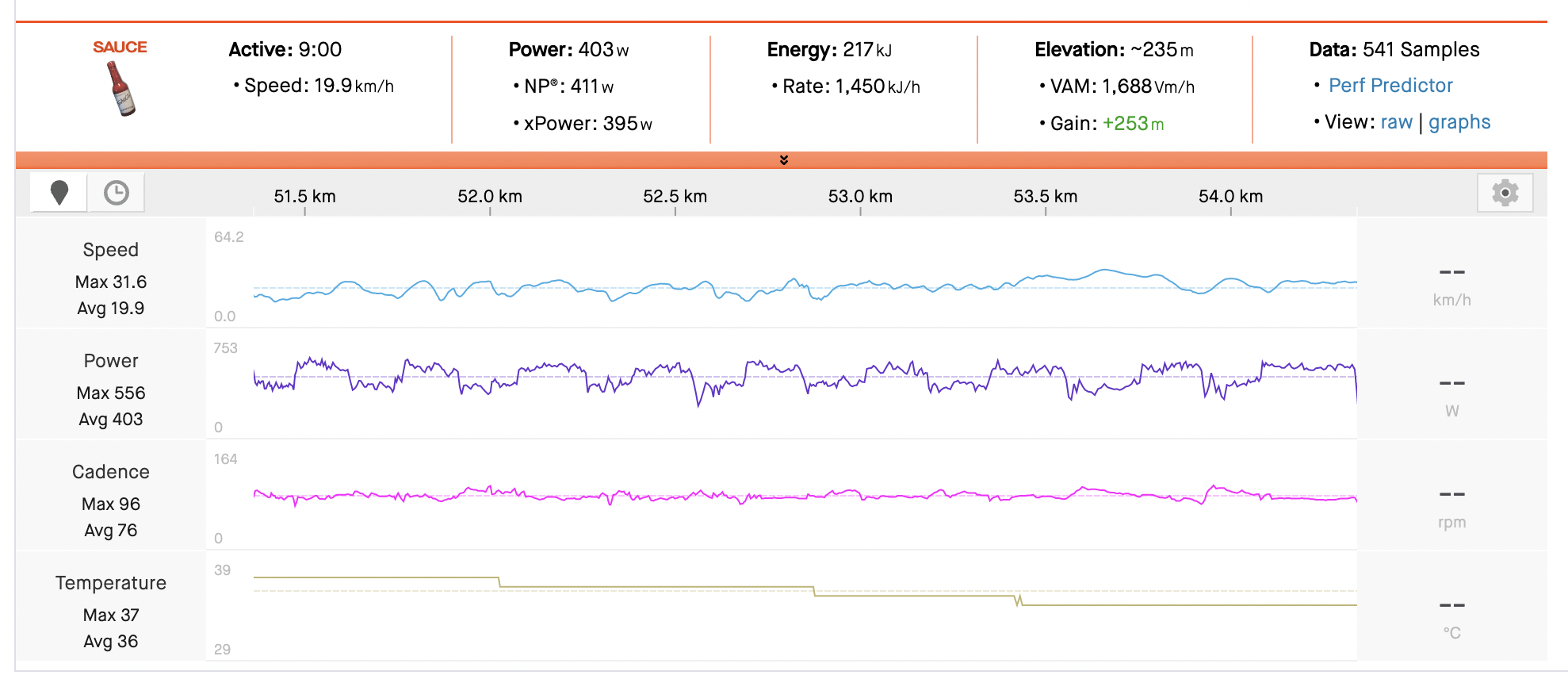
The value and effectiveness of over-unders is often debated, but what is unquestionable is how tough an interval they can be. By their very nature, they also closely replicate the on/off nature of the finale on many mountain stages.
Bernal's two ten-minute over-under efforts boggle the mind (my mind, anyway). Averaged out over the ten minutes Bernal produces 401 average watts or 6.68 w: kg with a 408 w normalised power, big numbers but just as you'd expect from a former Tour winner. It's important to remember once again Bernal's remarkable recovery from injury. He may be a former Tour winner, but twelve months ago he missed the Tour and had not even returned to racing following that 2022 crash.
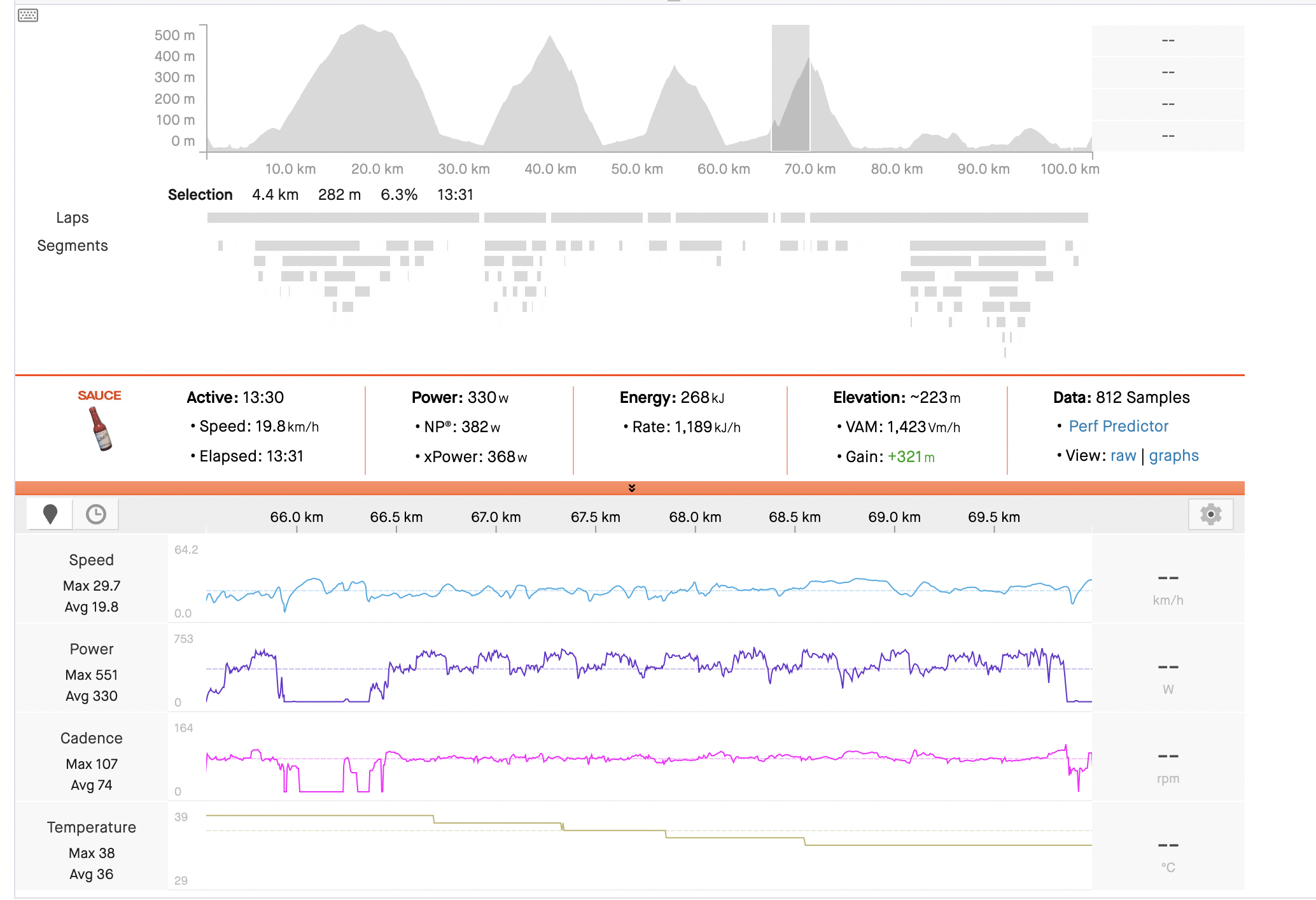
Delving further into this effort, Bernal does a total of ten "over" efforts at 480w (8w/kg) with nine of 30 seconds or more in duration. The "under" periods are no walk in the park either, Bernal is seemingly targeting 30-second efforts at 330 watts (5.5 w/kg) for this "recovery" section of the interval. This is not the fastest way to ride to the top of a climb, and hence Bernal doesn't take any KOMs, but it is impressive nevertheless.
The second over-under starts in a similar manner. Bernal does a short 25-second acceleration over a short climb, before jumping into the over-unders again on the Col de Quatre Chemins. Already almost three hours and two intervals into the ride, having completed 1,600kj of work, Bernal almost perfectly repeats the first over-under. 396 average watts, 404 normalised with the same 480 watt 30 seconds "over" efforts and 330 watts 30 seconds "under" efforts.
Bernal never actually completes a full climb of the Col d'Eze during this ride, but he does set a new PR on one segment and a top ten on the Col de Quatre Chemins par la Trinite segment just 24 seconds of Tadej Pogačar's KOM set this spring when the Slovenian was in "inevitable" form. Again, the on/off nature of Bernal's effort is not conducive to achieving his best possible time.
This analysis is hardly conclusive. We have assumptions about Bernal's weight. He has shown incredible repeatability within one ride, but he seemingly had a rest day on the previous day, will his form hold as strong days and weeks in the Tour de France? Long story short, we don't know. But the evidence suggests Bernal is more than ready for the Tour, and that in itself is cause for celebration.
Did we do a good job with this story?

